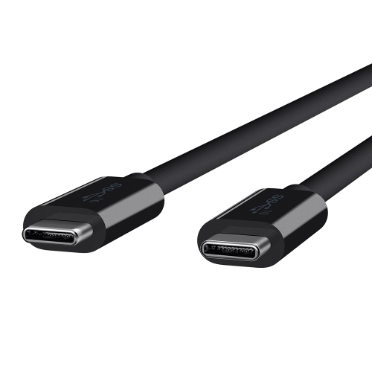USB Type-C is the successor to USB 3 (just as USB 3 was successor to 2 and 1). However, there are key differences. While USB 2 and USB 3 are backward compatible, USB-C is differently shaped and would require an adapter to communicate with the USB 2 & 3 ports and cables.
The benefits of USB-C include the following:
1) They carry more volts of power than USB-3. Many phones, tablets and laptops use USB-C for charging because its more convenient.
2) It’s reversible. Both sides have the same shape.
3) The USB-C cable input is smaller and thinner than USB 2 and 3 connectors (and even smaller than Micro USB). This means portable devices can be even thinner.
4) It transfers twice as much information per second as USB 3 (10 Gigabits instead of 5). It’s true that almost no one is planning on uploading massive file on the regular to truly benefit from that speed. However, this high bandwith does mean that it can also act as a video port (like an HDMI cable).
Do we need USB-C right this second?
Aside from charging our devices, most likely no. Hardware is slowly adopting it, but it’s not quite standard yet. This is why PC builds don’t absolutely need to have a USB-C port. Most of our devices don’t even use USB-C yet. My phone, currently, is my only device to do so.
Will USB-C be the future or a fad?
Absolutely the future (of course I do expect future generations of USB-C to come out). Why is USB-C so great? It’s essentially becoming a universal port that can do everything: it charges devices, transfers files, connects devices with each other and even displays video.
